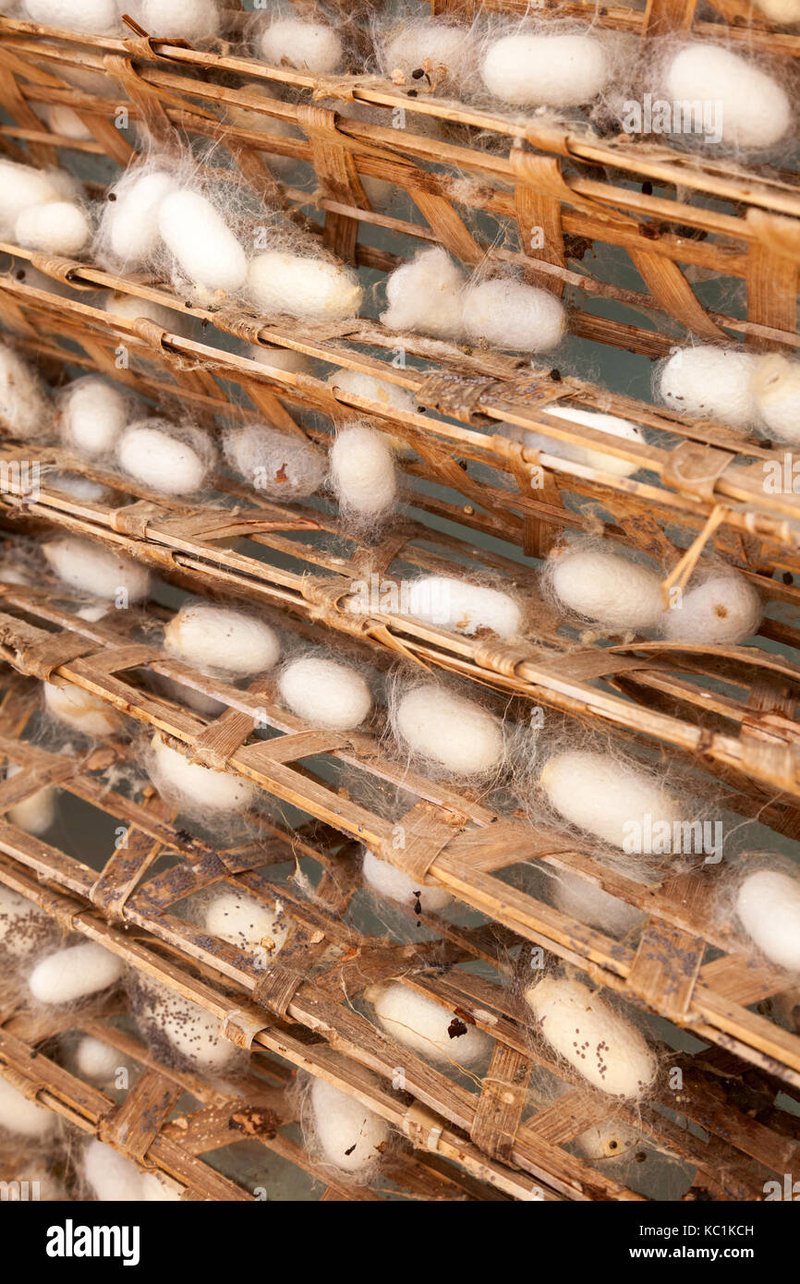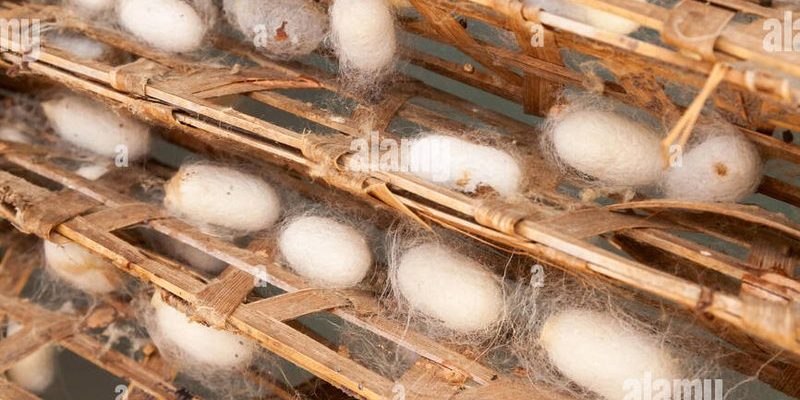
So, what’s the story behind using silkworms in animal feed? These small, unassuming larvae boast a rich nutritional profile that could optimize growth and health in various animals. As we delve into this topic, we’ll explore why silkworms could be a game changer, not just for the animals consuming them, but also for sustainability in farming practices. Let’s break it down.
Why Silkworms? The Nutritional Profile
Silkworms, particularly the larvae of the Bombyx mori moth, pack a hefty punch when it comes to nutrition. It’s almost like they’ve been engineered for this purpose! They are rich in protein, containing anywhere from 60% to 70% protein by dry weight. This makes them an excellent feed alternative to traditional protein sources like fish meal or soy.
Aside from protein, silkworms also offer essential amino acids, vitamins, and healthy fats. For instance, their lipid content includes omega-3 and omega-6 fatty acids, which are crucial for animal health. Imagine feeding livestock or fish a diet that helps them grow stronger and healthier while potentially lowering feed costs. That’s the appeal here.
In addition to their nutritional benefits, silkworms are low in environmental impact. They can be raised on agricultural by-products, making them a sustainable option. Honestly, it’s like hitting the jackpot when it comes to alternative feed sources!
The Benefits of Using Silkworms in Animal Feed
You might be wondering, “So why should I care about using silkworms in animal feed?” There are quite a few compelling reasons, and I’ll break them down for you.
– **Enhanced Growth**: Silkworms can promote faster growth rates in livestock and aquaculture species. Studies show that animals fed silkworm larvae demonstrate better weight gain compared to those on traditional feeds. This means quicker returns for farmers.
– **Improved Health**: The high-quality protein and essential nutrients in silkworms can strengthen the immune system of animals. Healthier animals mean fewer veterinary costs, and that’s something every farmer appreciates.
– **Sustainability**: Raising silkworms requires fewer resources than traditional livestock. They can be produced with less water and land, making them a more sustainable choice for the planet. In a world where environmental concerns are front and center, this is a big win.
– **Reduced Feed Costs**: Incorporating silkworms into animal diets can lower overall feed costs. With prices for traditional feed sources fluctuating wildly, silkworms offer a reliable, cost-effective alternative without sacrificing nutritional value.
How Silkworms are Processed for Animal Feed
Alright, so now that you’re on board with the idea of using silkworms, let’s talk about how they’re processed and incorporated into animal feed. The process can be surprisingly simple, and it’s quite fascinating.
First, **silkworms are harvested** after they’ve completed their growth cycle. This is often before they enter the pupae stage, as the larvae are the most nutrient-dense at this point. They’re typically cleaned and then dried to remove excess moisture.
Once dried, the silkworms can be ground into a meal or left whole, depending on how they’ll be used. **Silkworm meal** can be mixed with other feed ingredients to create a balanced diet tailored to specific animal needs. It’s also possible to incorporate whole silkworms into diets for animals like fish, who might enjoy the texture and taste.
The end product can then be packaged and distributed to farms, aquaculture facilities, or pet food manufacturers. It’s a straightforward process, and it allows for innovations in feed formulation that could revolutionize the industry.
Challenges and Considerations
While the benefits are clear, using silkworms in animal feed isn’t without its challenges. Here’s the thing: farmers and producers need to consider several factors before making the switch.
– **Market Acceptance**: Some farmers might hesitate to adopt silkworms due to unfamiliarity or consumer preferences. There may be a perception that silkworms are a novelty rather than a staple feed. Education and outreach are crucial here.
– **Regulation and Safety**: Food safety regulations can pose hurdles. It’s essential that any feed made from silkworms meets the regulatory standards for animal feed. This involves rigorous testing and quality control.
– **Cost of Production**: While growing silkworms can be more sustainable, the initial investment in infrastructure might be high for some farmers. It’s important to weigh the long-term benefits against these initial costs.
– **Nutritional Consistency**: Depending on the diet of the silkworms, their nutritional content can fluctuate. Ensuring a consistent feed product requires careful monitoring of their growth conditions and diet.
Future of Silkworms in the Feed Industry
Looking ahead, the future of silkworms in the animal feed industry seems promising. As agriculture continues to evolve and sustainability becomes a key focus, the use of alternative protein sources like silkworms could become more mainstream.
Researchers are already experimenting with optimizing silkworm breeding and nutrition to maximize feed quality. This could lead to even greater benefits for farmers and better health outcomes for animals. There’s also ongoing interest in exploring new ways to incorporate silkworms into aquaculture and livestock diets, which could expand their market.
As consumer preferences shift towards sustainable and health-conscious options, this tiny creature could have a big impact. The potential for silkworms to help feed the world in a more sustainable manner is an exciting prospect that could reshape the industry.
Wrapping Up: The Role of Silkworms in Animal Feed
In conclusion, silkworms are more than just silk-spinning insects. Their nutritional profile, sustainability, and cost-effectiveness make them viable candidates for the animal feed industry. While there are challenges to overcome, the potential benefits are significant.
As we continue to look for better ways to feed livestock and aquaculture species, embracing silkworms could be a smart move. They represent a blend of tradition and innovation—a perfect example of how nature can help us meet modern agricultural challenges. If you’re curious about alternative feeds or sustainability, keep an eye on this space—silkworms might just be the unexpected hero we need!

